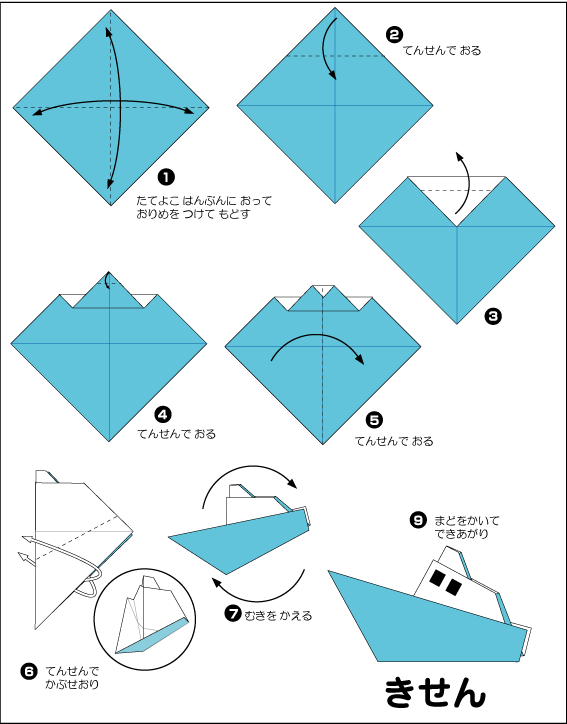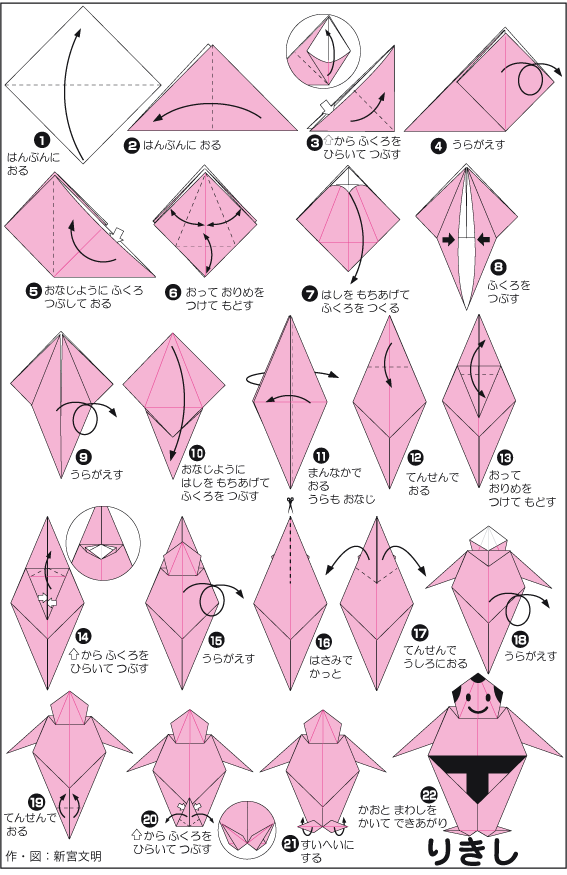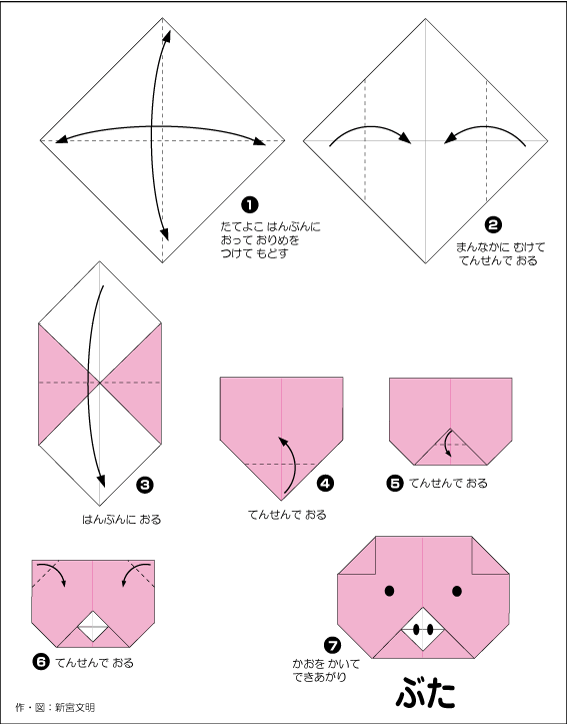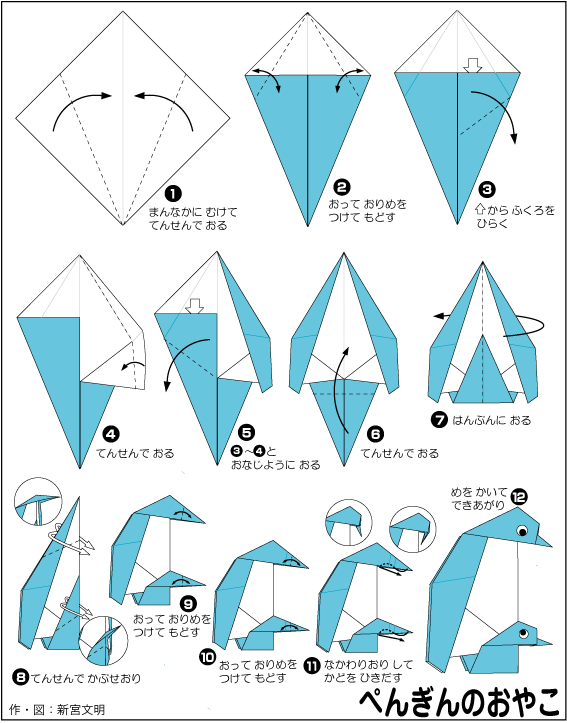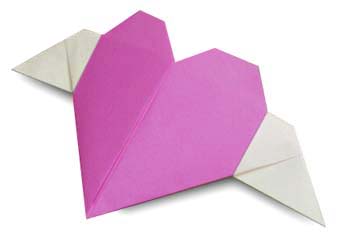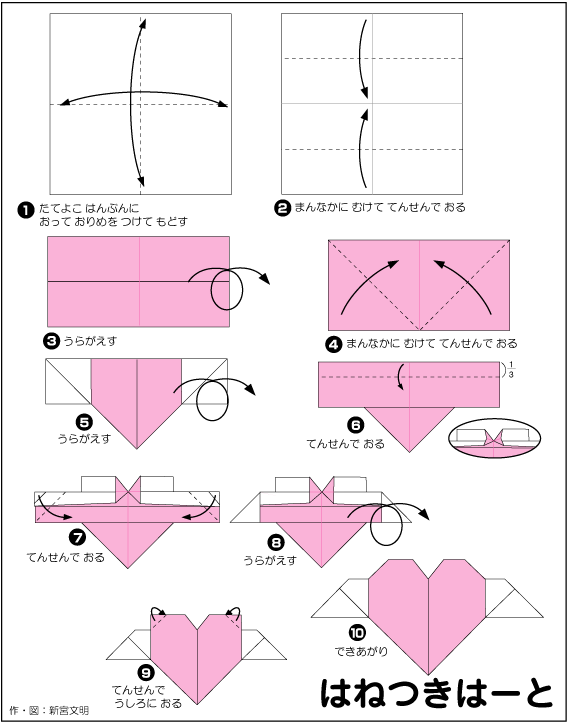Origami is not just popular in Japan but also in many other countries, including Vietnam. It is an art form that attracts people of all ages. Origami involves simple folding techniques to transform a square piece of paper into intricate shapes, without cutting or gluing during the folding process.
When did the Japanese art of paper folding, Origami, originate?
Archaeologists do not have an exact answer to this question. However, it is understood that the technology of paper production, originally from China, was introduced to Japan in the 7th century.
After this introduction, the Japanese adapted and transformed many paper-making methods and materials, forming a unique paper culture with diverse and high-quality paper materials (durable, soft, and beautiful, capable of being folded and unfolded multiple times without tearing). This type of paper is what the Japanese proudly claim as unique in the world, calling it “Washi.” Thus, the unique Japanese art of paper folding, Origami, was born.
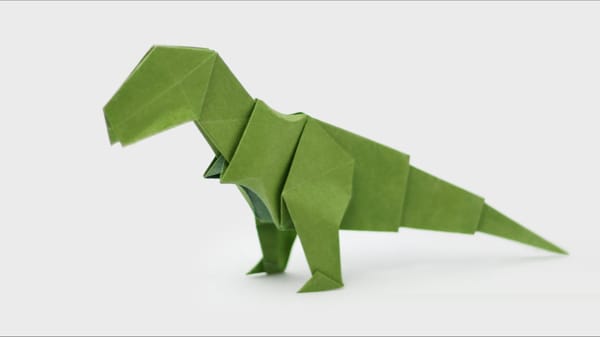
Since its inception, Origami has become a traditional pastime for the Japanese people and has gradually gained popularity worldwide.
With just a small square piece of paper, one can fold it into various shapes, such as adorable animals or beautiful flowers.
Due to the simplicity of its materials, Origami is easily accessible and loved anywhere.
Many Japanese people enjoy this art form at home and in schools.
The most well-known Origami figure is the crane, which is often taught to children by their parents or grandparents.
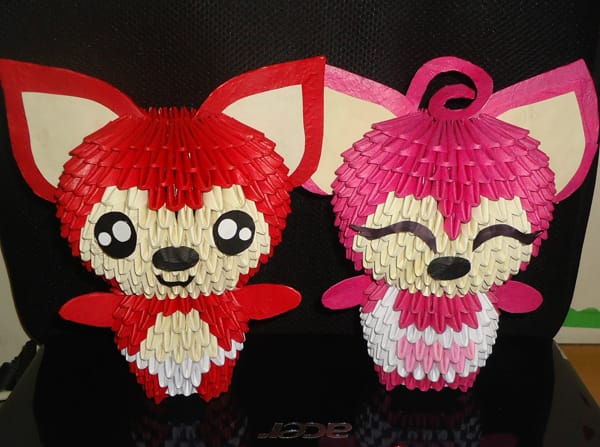
Other popular designs include flowers, butterflies, crabs, and even more complex shapes like Christmas trees. Origami is particularly favored by young girls.
How to Fold an Origami Star
In the art of paper folding, Origami, there are numerous ways to create a star. However, today, I will introduce two of the easiest models for you to try. So, let’s get folding and share our creations!
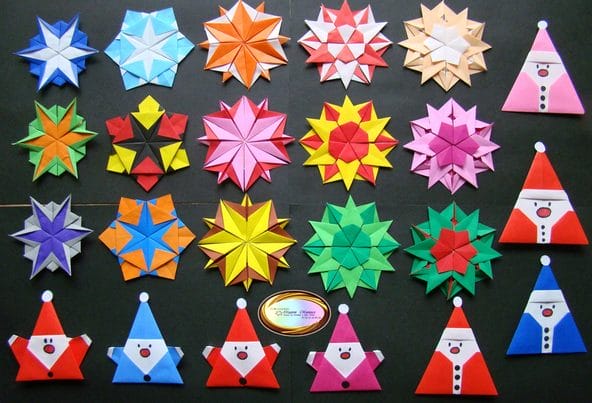
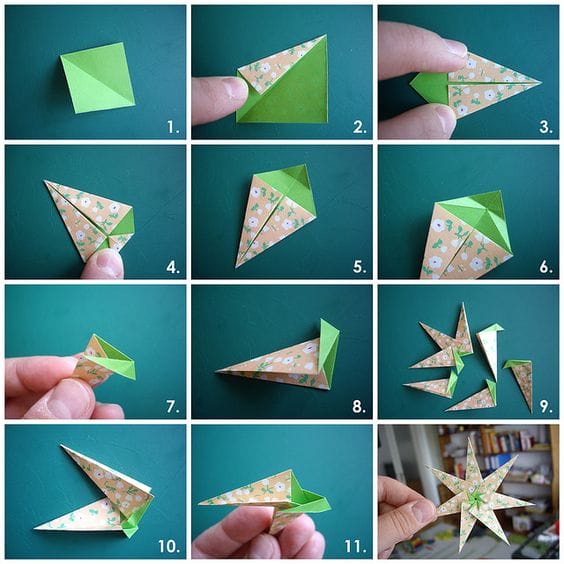
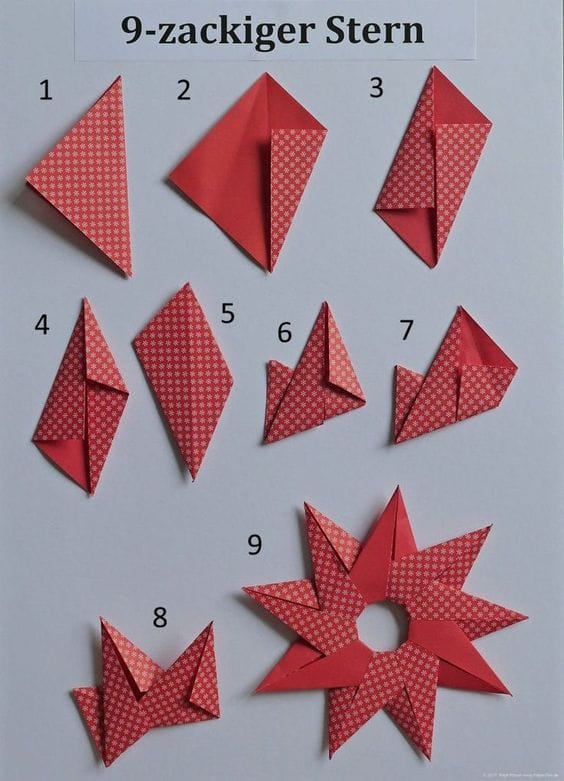
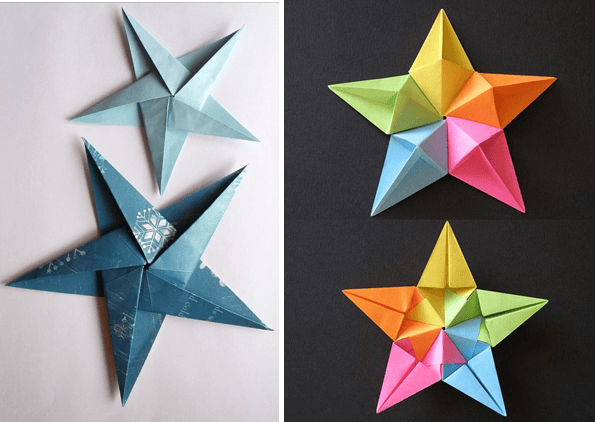
How to Fold an Origami Dog Face

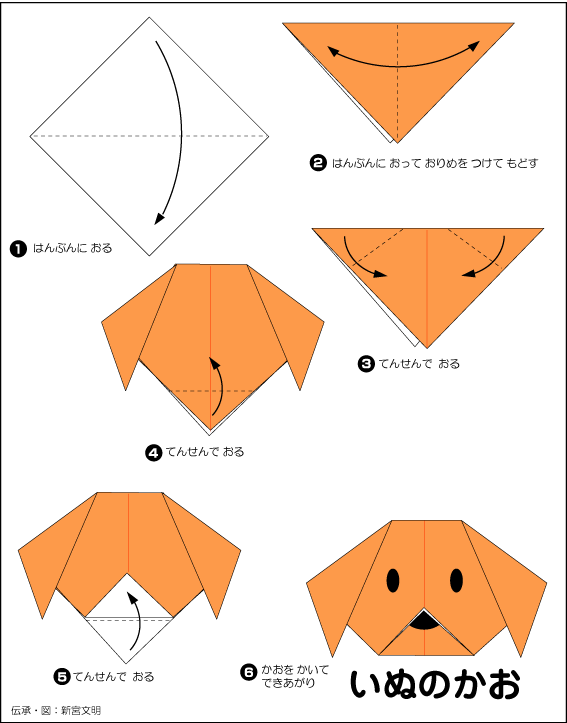
How to Fold an Origami Elephant
The mighty elephant, reduced to a tiny, playful figure with just a square piece of paper. Isn’t it adorable?
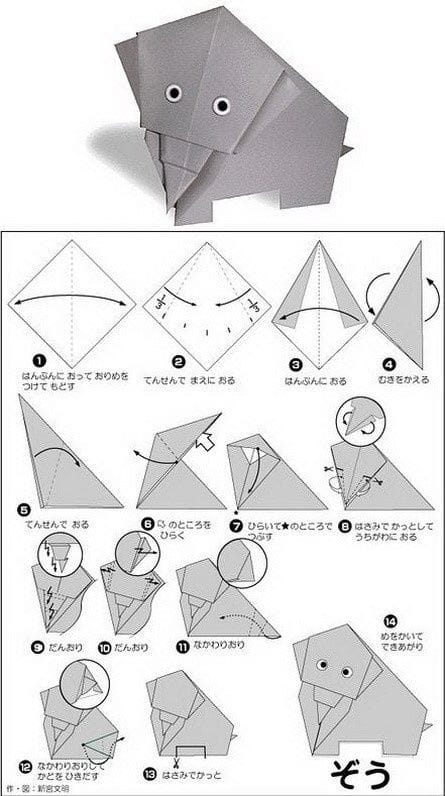
How to Fold an Origami Canoe
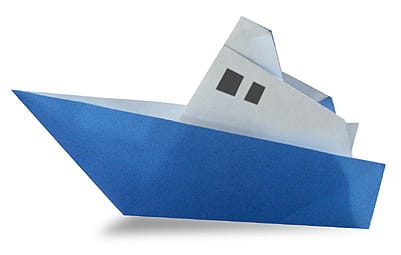
How to Fold an Origami Boat
In addition to folding a simple boat, you can also decorate and embellish your creation to make it more impressive and lively.

How to Fold an Origami Sumo Wrestler
How to Fold an Origami Pig Face
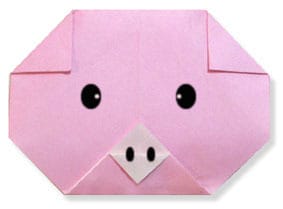
How to Fold an Origami Chicken
The art of Origami is truly magical! With just a few simple folds, you can create the shape of a chicken.

How to Fold an Origami Mother and Baby Penguin
The adorable mother and baby penguin duo can also be created from a square piece of paper. It’s super easy, isn’t it?
How to Fold an Origami Fish

How to Fold an Origami Winged Heart
How to Fold an Origami Cherry Blossom
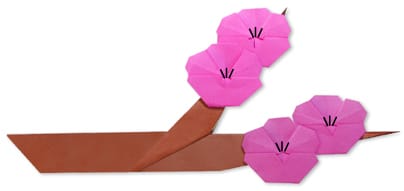
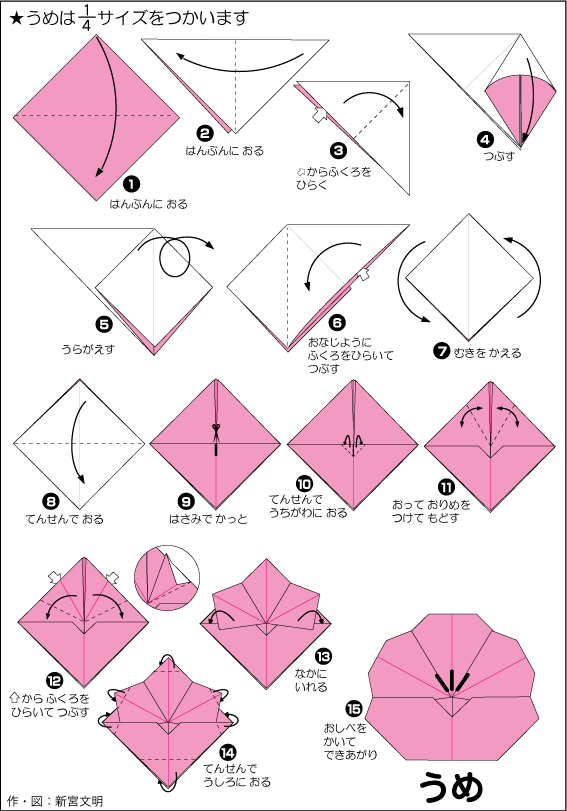
How to Fold an Origami Squirrel
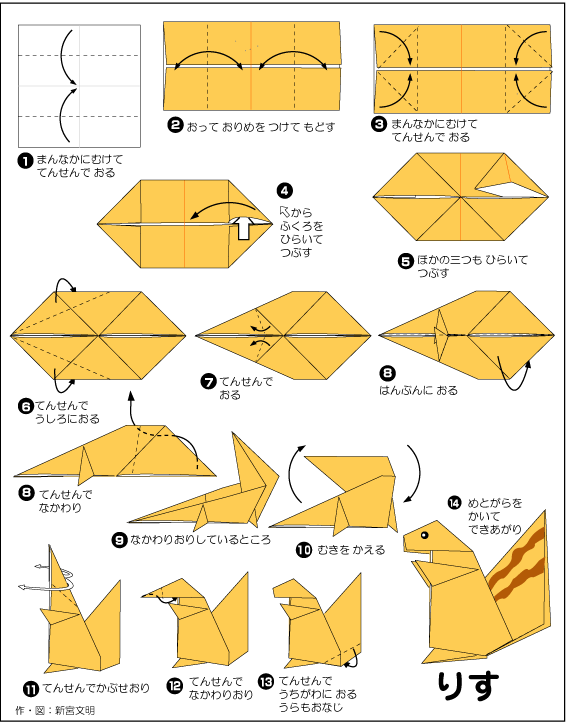
Some Decorative Origami Creations
If you want to add a creative touch to your living space, you can decorate your home with your own Origami creations.
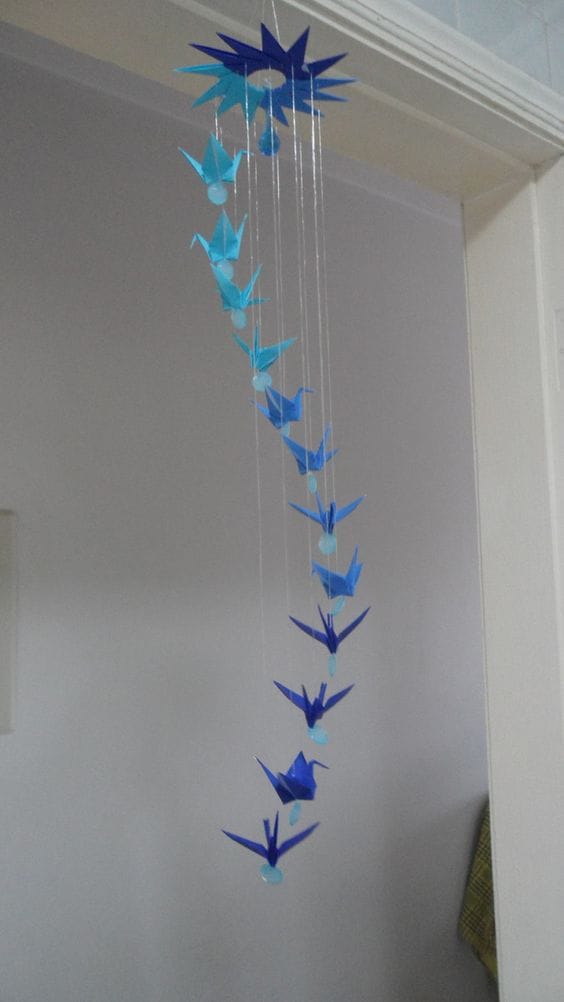
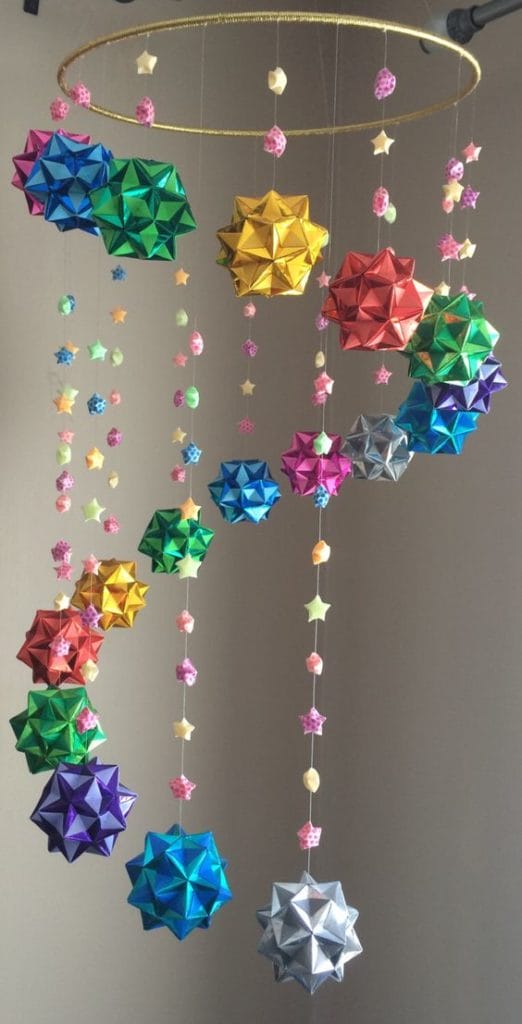
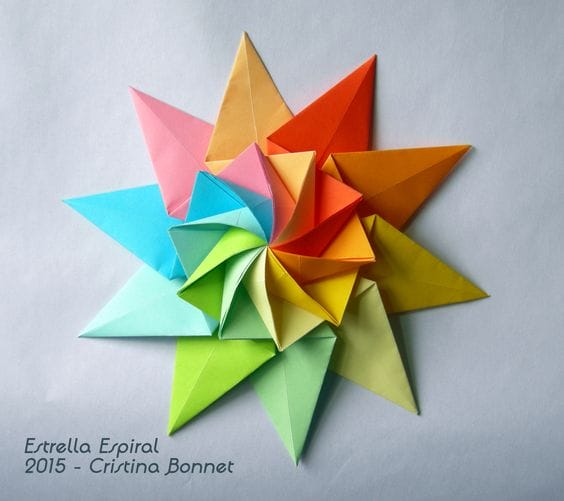
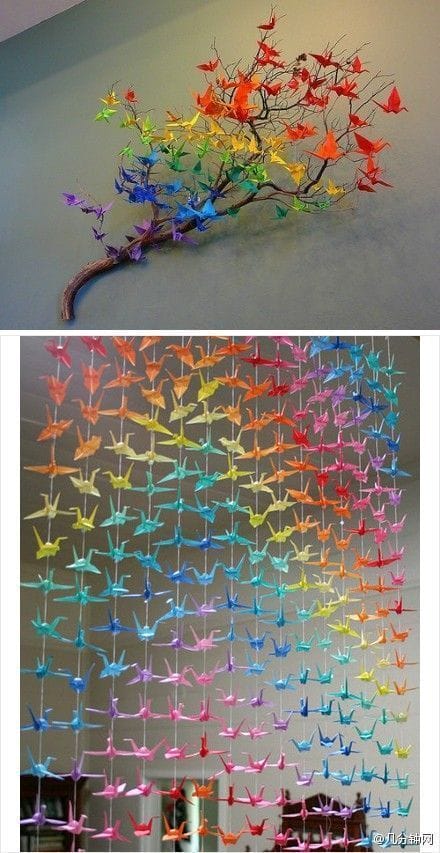
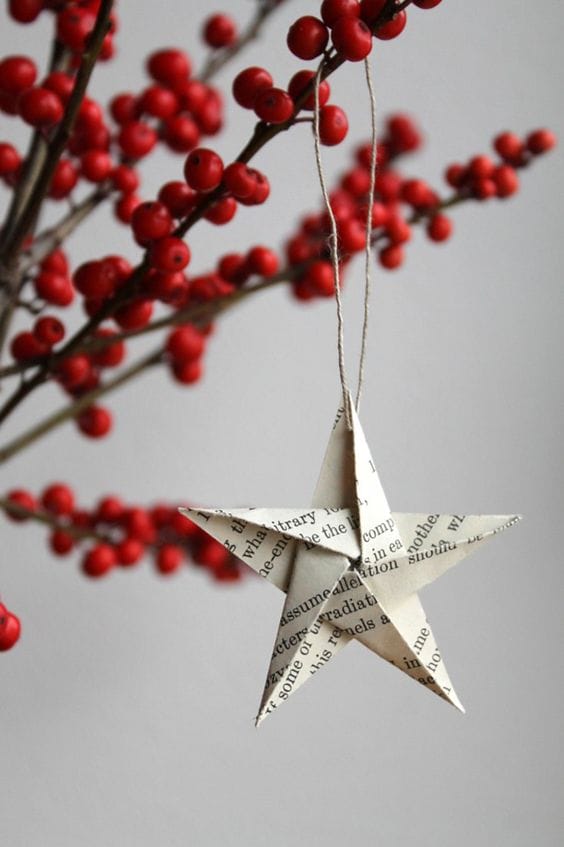
A fantastic idea for this Christmas season!
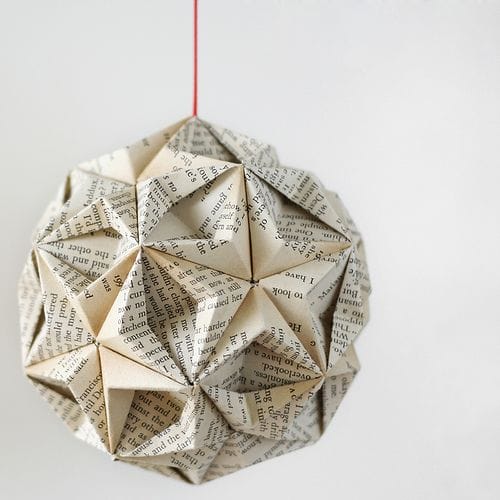
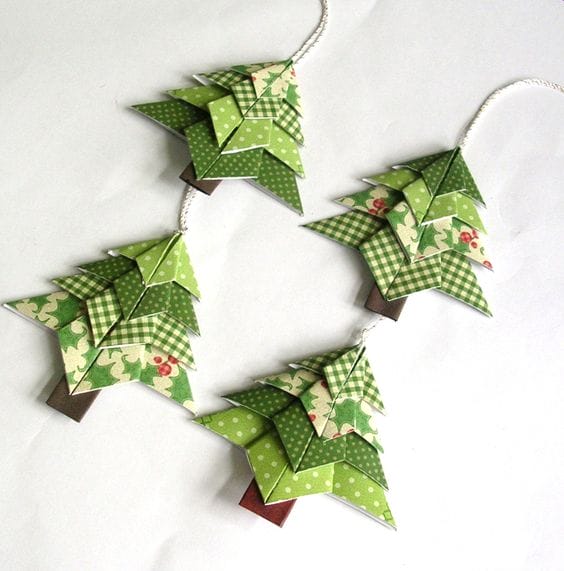
What Are the Benefits of Origami?
Benefits of Origami for Mental Health
Origami is a gentle and meticulous art. It has been proven in many cases to have a calming effect on the nerves, helping with insomnia and stress relief.
Many doctors and physical therapists have used Origami as a beneficial physical and mental therapy.
Dr. Ronald S. Levy, at the 2nd International Conference on Origami in Education and Therapy, advocated for the use of Origami in hand rehabilitation and therapy.
Benefits of Origami for Mathematics
Creating new Origami models involves a lot of geometric rules and principles. It is not a coincidence that Origami masters can create complex designs.
These masters follow the philosophy, “What I see, I can imagine; what I imagine, I can create.”
Paper folding enhances geometric understanding, including abstract geometry: recognizing triangles, squares, hexagons, angle bisectors, line segments, curves, spatial shapes, and three-dimensional objects.
Above is a collection of artistic Origami folding techniques. Try them out and share your creations! Don’t forget to have fun and embrace your creativity.
Happy folding!

























